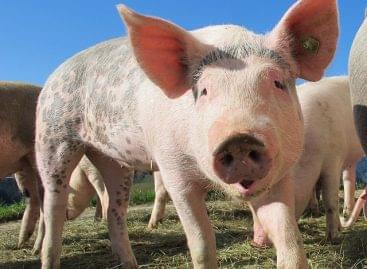There is a huge difference between the perceived and official inflation now
Officially, the annual rate of price increase in Hungary is below 3%, but in the meantime we can find inflation of almost 10% when we enter the store. There has never been such a difference between perceived and official price increases, and this can no longer be traced back to subjective reasons in the coronavirus crisis.
In our day-to-day shopping, we can see a much higher price increase than the official inflation data – we have shown it several times in recent months. In the coronavirus crisis, this phenomenon received new impetus and the gap between perceived and official inflation became larger than ever before. Inflation data for April was released this week, signaling an annual rise in prices of 2.4% due to a huge drop in fuel prices. The food price index we formed, on the other hand, is already 9.6%, which is close to the double-digit range.
In the “food price index”, the price changes of meat, milk, vegetables and fruits, spirits and tobacco, and out-of-home meals were taken into account with the weights used by the CSO to calculate the consumer price index. These are the products we often go to the stores for, so their price changes will certainly leave a big mark on our sense of inflation as well.
Almost all of the major items in the food price index are rising at above-average rates and, indeed, very much in double digits. Examples are pork (29%), cold cuts (13%), eggs (9%), fruit (31%), out-of-home meals (8%).
Related news
Related news
László Pekó: “Coop isn’t just a network, it is a way of life – and has been for 30 years”
🎧 Hallgasd a cikket: Lejátszás Szünet Folytatás Leállítás Nyelv: Auto…
Read more >Winners of the 2025 Retailer of the Year award announced
🎧 Hallgasd a cikket: Lejátszás Szünet Folytatás Leállítás Nyelv: Auto…
Read more >K&H: significant price drop in the pork market
🎧 Hallgasd a cikket: Lejátszás Szünet Folytatás Leállítás Nyelv: Auto…
Read more >



